Standing before a massive blue aquarium and watching marine creatures swim gracefully, have you ever wondered — how is a natural and stable ecosystem created for them in a city hundreds of kilometers away from the sea?
Behind this magical scene lies an intricate aquarium engineering system — far more complex than it seems!
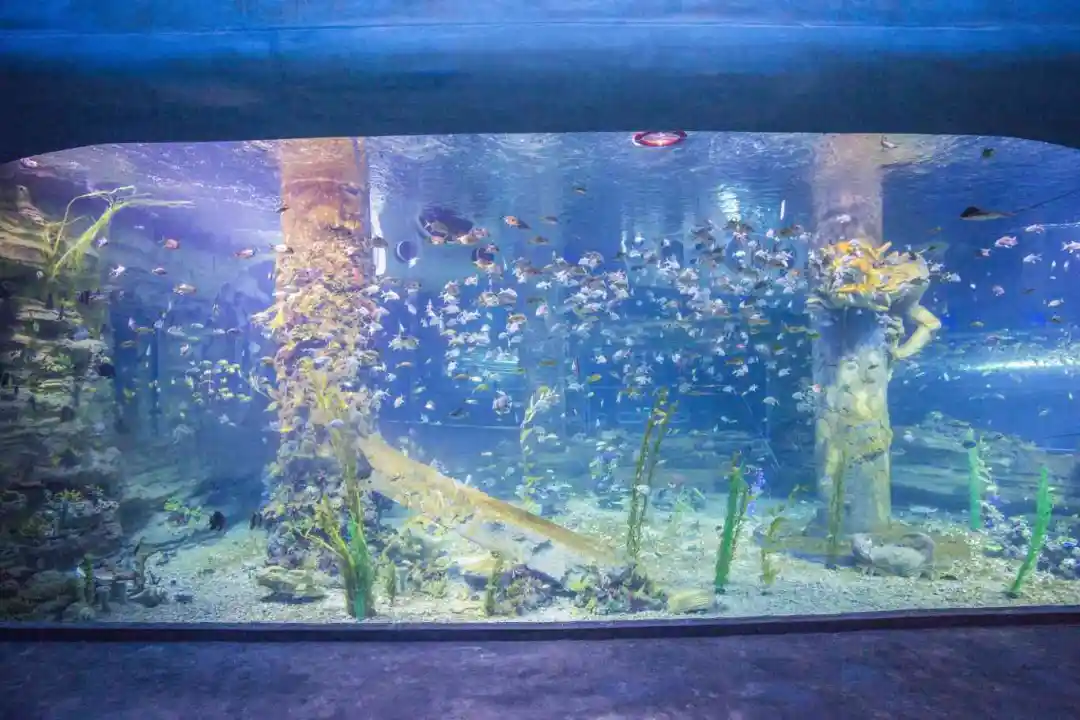
Featured Case: Hubei Xiangyang OCT Marine Park
One of the core components of aquarium engineering is the water circulation system — the “lungs” of the aquarium, constantly providing clean and suitable water conditions for marine life. The efficient operation of this system is one of the key factors that determine the success of an aquarium.
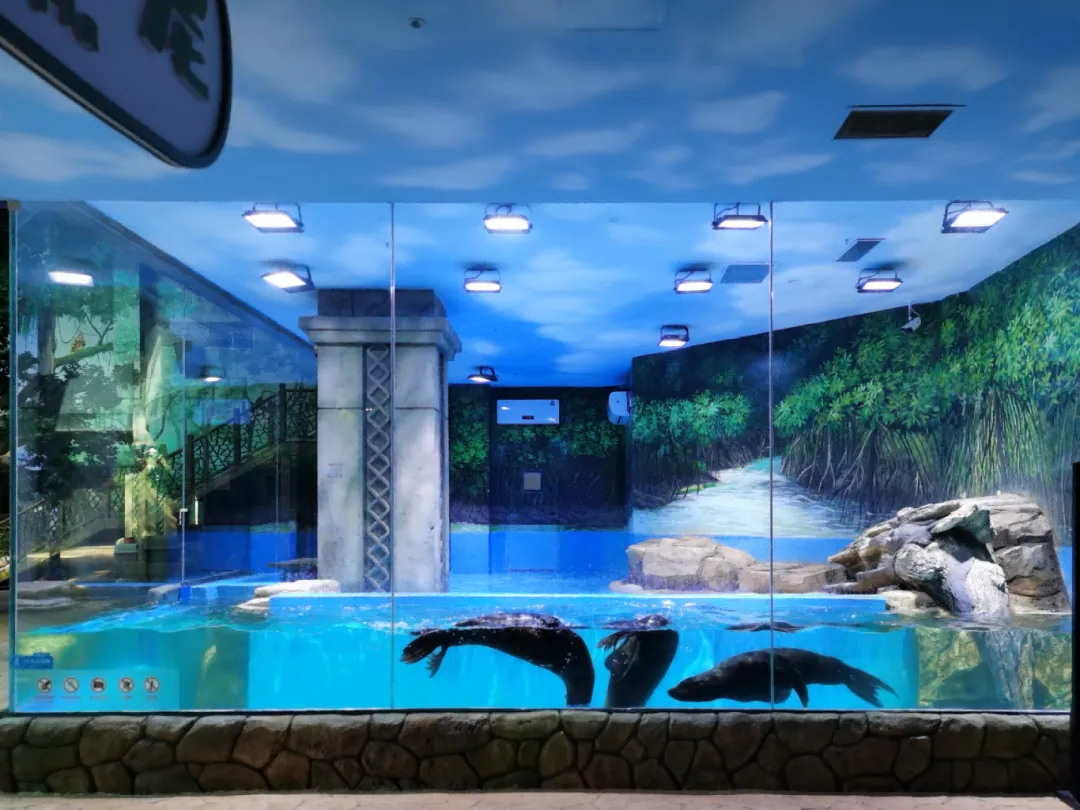
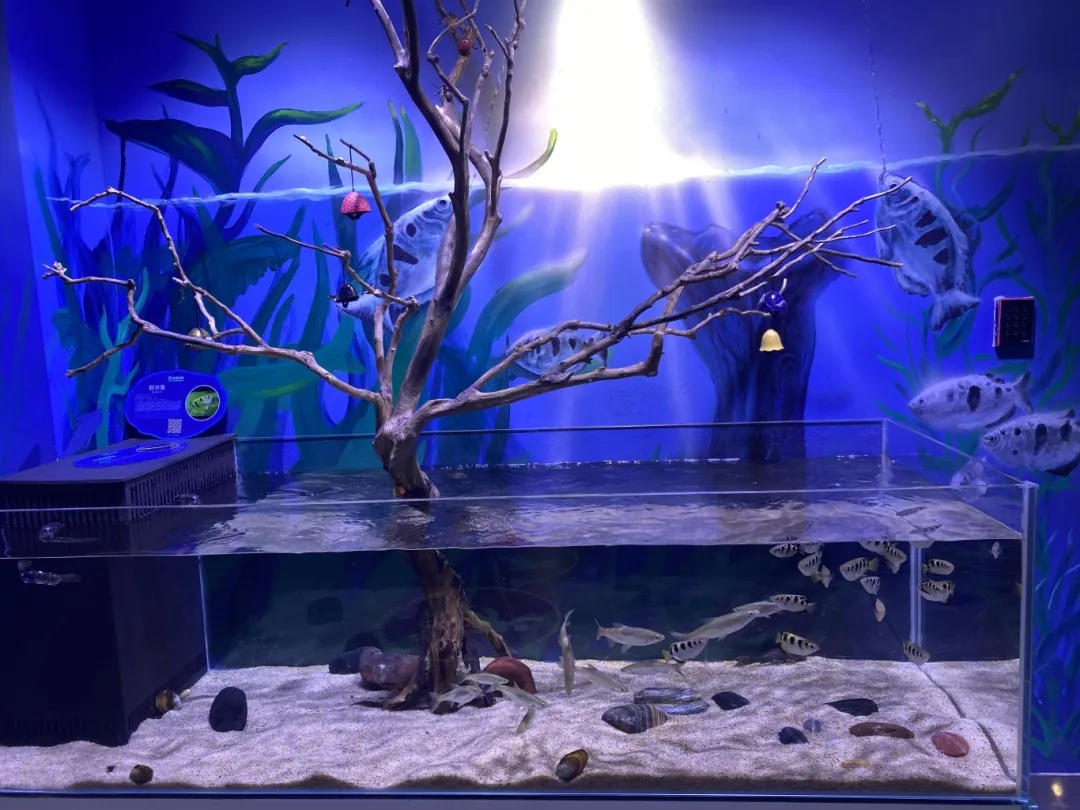
Featured Case: Hubei Xiangyang OCT Marine Park
The aquarium water circulation system involves the close coordination of multiple engineering processes.
First, water is drawn from each display tank and passes through primary filtration units, which remove solid impurities such as food residues and biological waste. This makes the water clearer and lays a good foundation for the next stages of filtration.
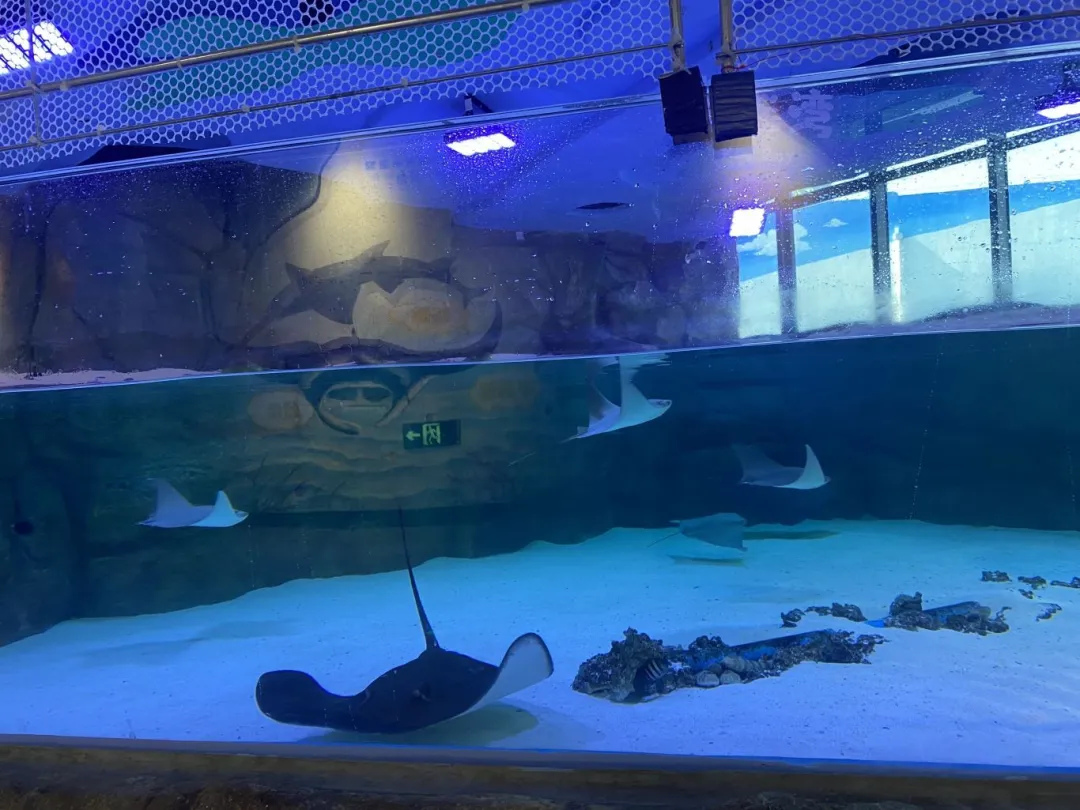
Next comes biological filtration, one of the most critical steps.
Beneficial microorganisms attach to the filter media and convert harmful substances in the water (like ammonia and nitrite) into relatively harmless ones (like nitrate). These microorganisms act as the water’s “Cleaners,” silently maintaining water stability.
After biological filtration, the water enters the chemical filtration unit, where activated carbon and other materials absorb organic matter and odors, removing unpleasant smells and discoloration to make the water purer.
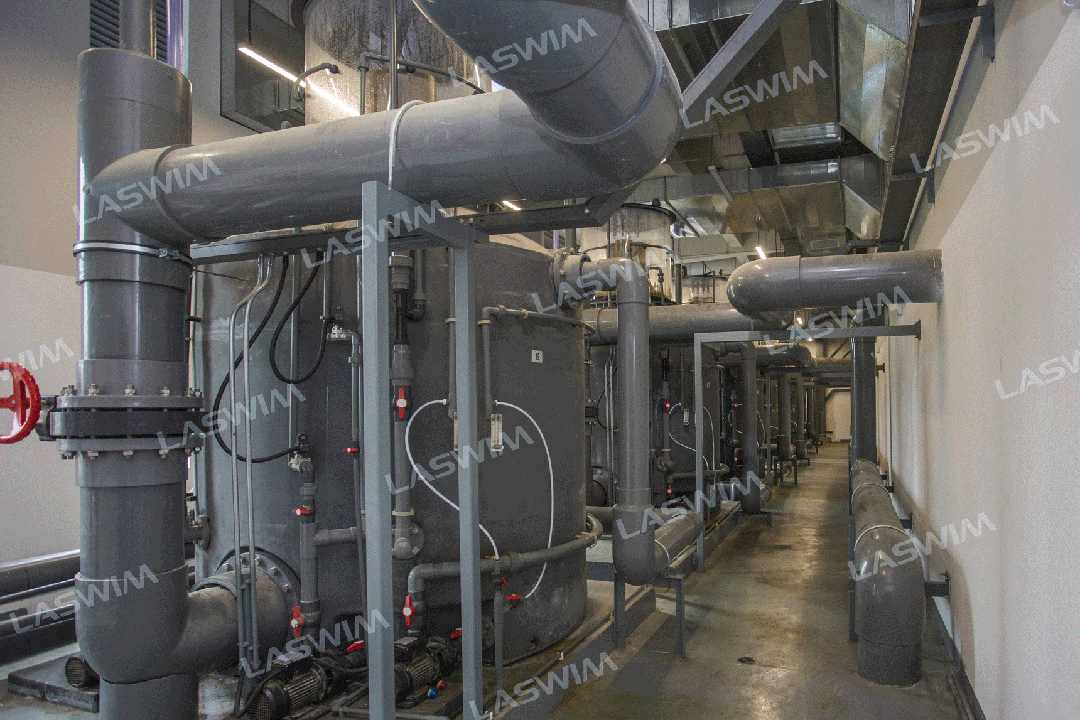
Life Support System Room
Finally, the treated water passes through UV sterilizers, which kills bacteria and viruses to ensure hygiene and safety. The sterilized water then returns to the display tanks, providing marine life with a healthy and clean living environment. This cycle continues continuously and efficiently.